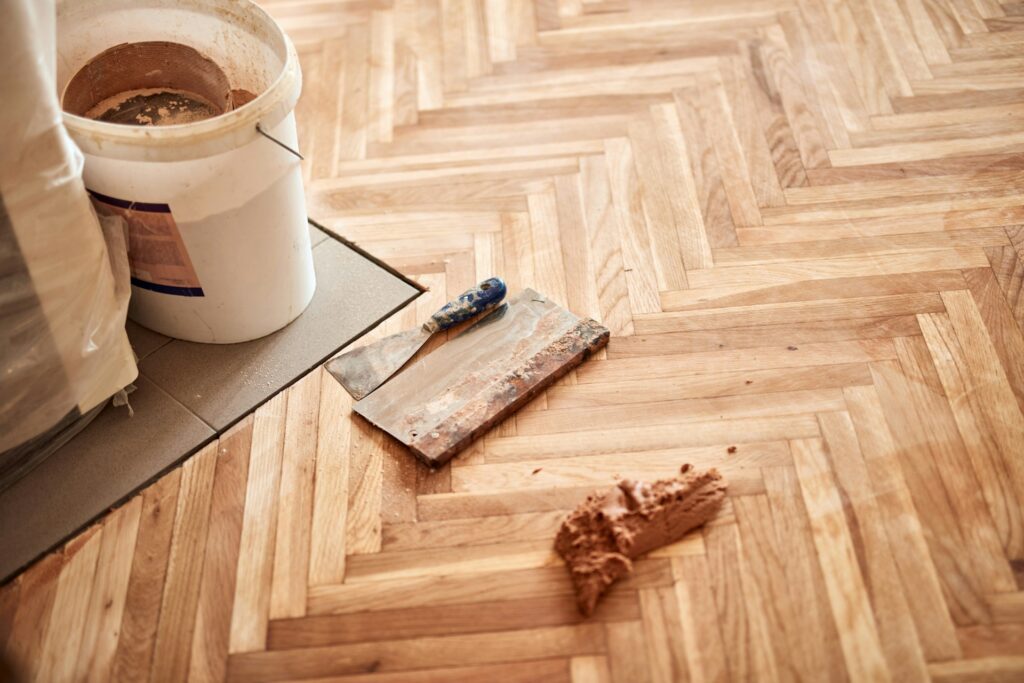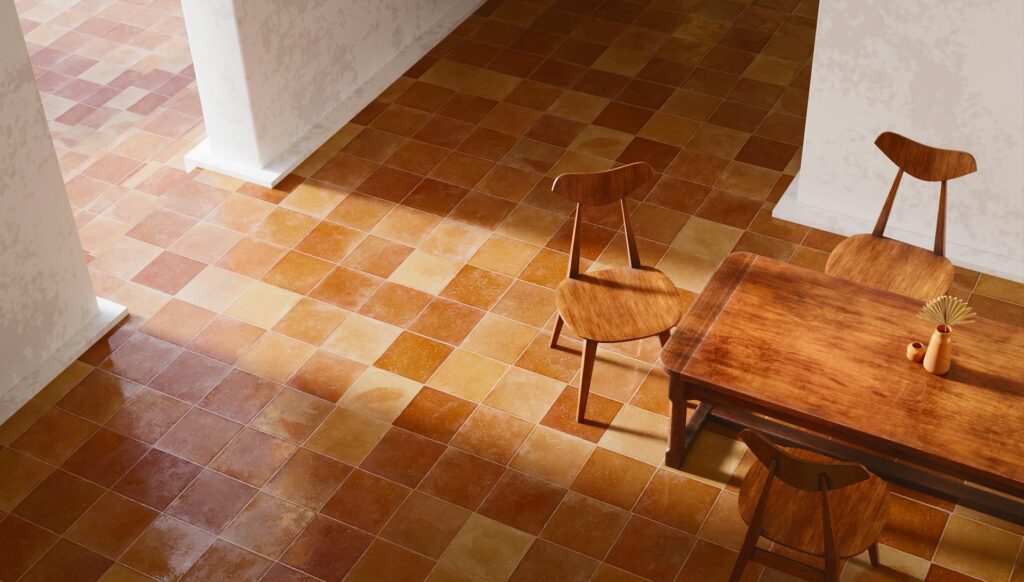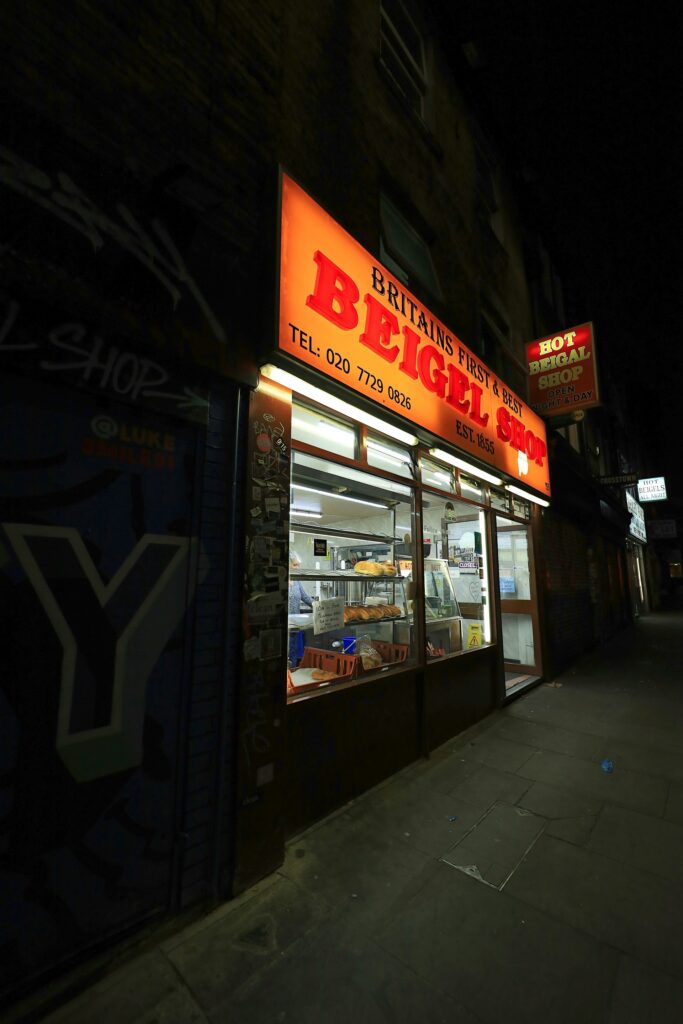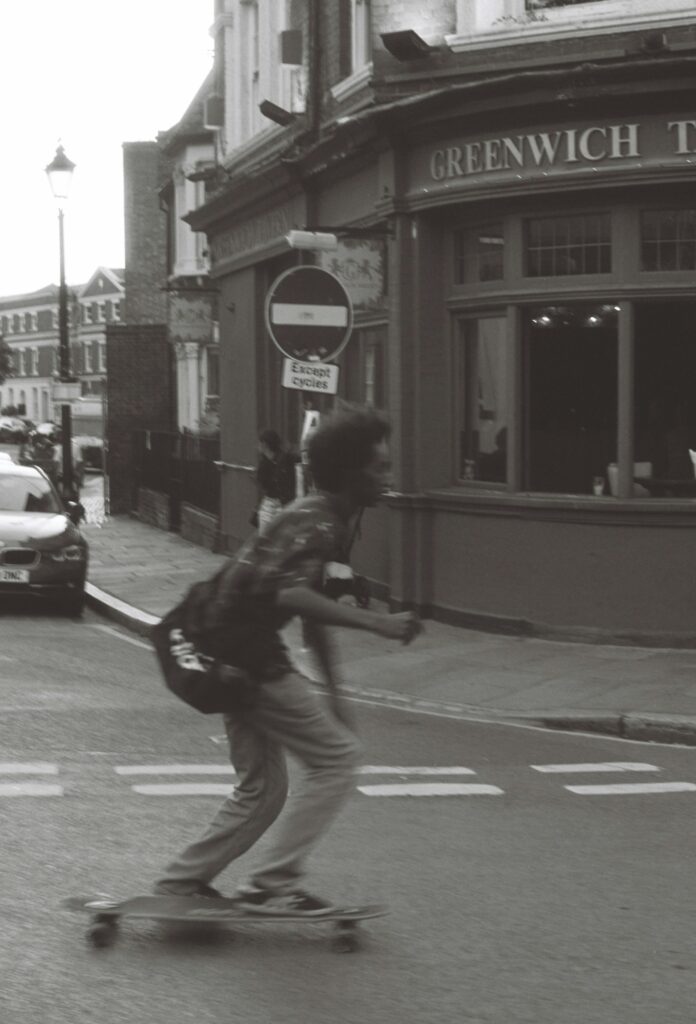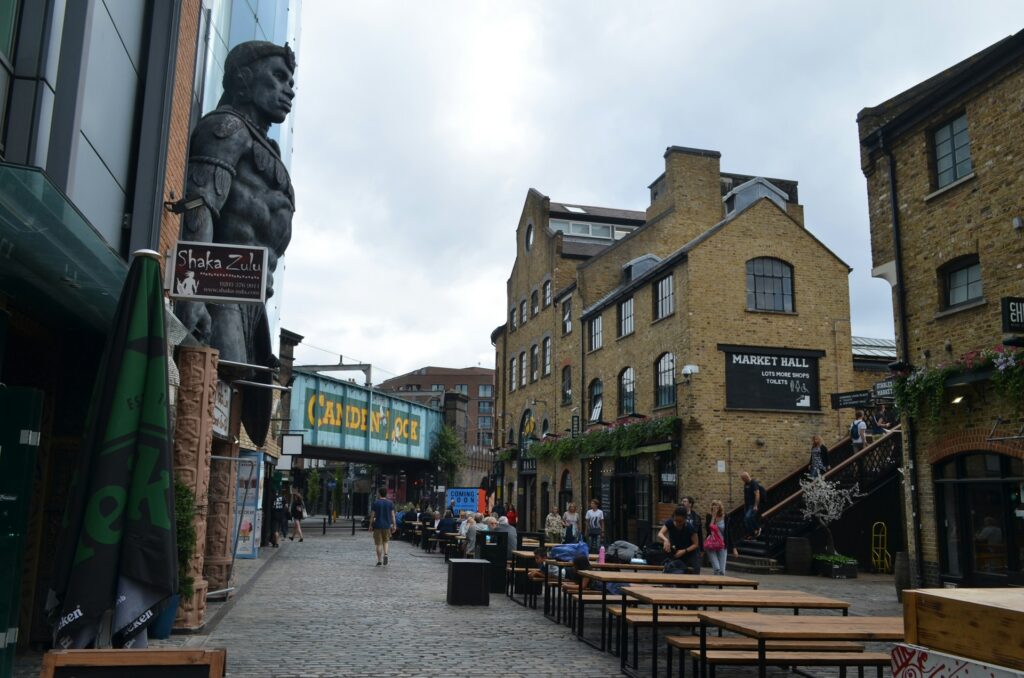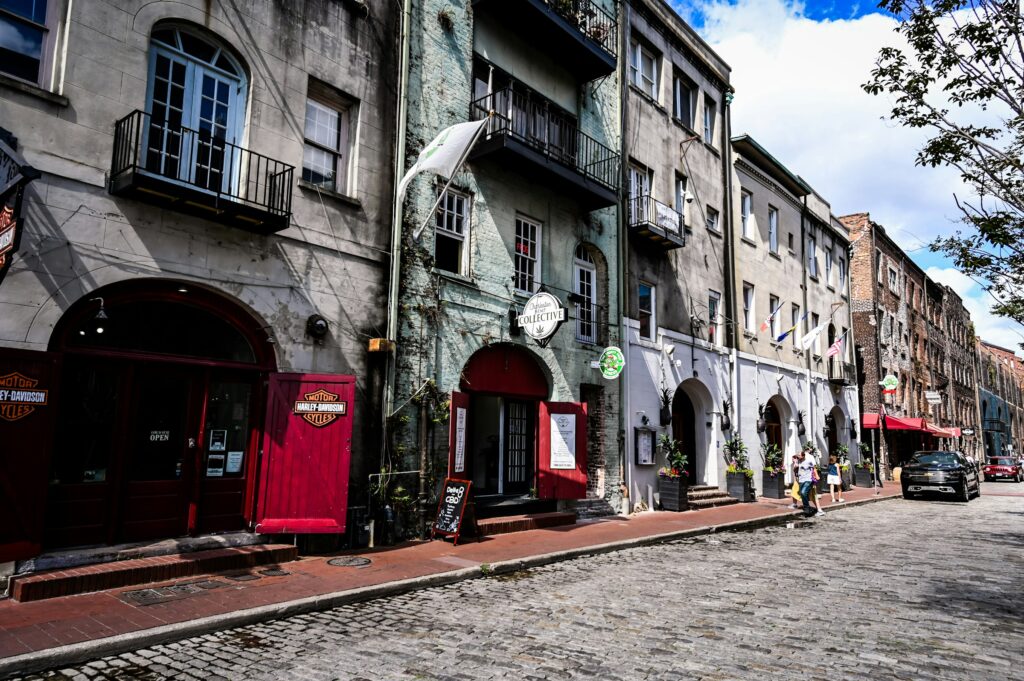The crisp mountain air, the crunch of fresh snow beneath your skis, the thrill of descending pristine slopes – but at what environmental cost? As climate change threatens the very future of winter sports, progressive ski resorts across Europe are reimagining how we can preserve both the sport and the stunning landscapes it depends on. Here are 7 destinations leading the charge towards a more sustainable future for skiing.
Laax, Switzerland
Nestled in the Swiss Alps, Laax isn’t just paying lip service to sustainability – they’re transforming the entire ski industry through their comprehensive Greenstyle Foundation. This isn’t a mere marketing campaign, but a fundamental reimagining of how a ski resort can operate. The resort has already installed the largest solar plant in the European mountains, with panels cleverly integrated into lift stations and building facades to maximise natural snowfall while generating clean energy.
What sets Laax apart is their holistic approach to sustainability. Beyond the immediately visible solar installations, they’ve revolutionised their waste management systems, implemented extensive recycling programmes, and invested in electric vehicle infrastructure. Their restaurants prioritise locally-sourced ingredients, reducing food miles while supporting regional farmers. Perhaps most impressively, they’ve achieved this transformation while maintaining their reputation as one of Switzerland’s premier freestyle skiing destinations.



Zermatt, Switzerland
The car-free village beneath the mighty Matterhorn offers a masterclass in sustainable mountain transport. Since the 1930s, Zermatt has banned conventional vehicles, replacing them with a fleet of electric buses and taxis that glide silently through narrow streets dusted with snow. The only way to reach this Alpine paradise? By train – a journey that itself showcases Switzerland’s commitment to clean transport.
But Zermatt’s environmental credentials extend far beyond its transport system. The resort harnesses the power of its spectacular setting through hydroelectric energy, while strategic placement of solar installations takes advantage of the intense mountain sunlight. Their commitment to protecting the surrounding landscape has led to careful trail management and wildlife protection measures, proving that tourism and conservation can coexist.

Saas-Fee, Switzerland
Known as the ‘Pearl of the Alps’, Saas-Fee demonstrates how traditional Alpine charm can harmonise with modern environmental consciousness. Like Zermatt, this car-free resort has long prioritised clean transport, but it’s their innovative approach to energy use that truly impresses. The village runs entirely on renewable energy – a mix of hydroelectric and solar power that keeps the lights on and and the lifts and e-taxis running without fossil fuels.
The resort has also pioneered efficient building design, with many structures incorporating traditional Alpine architecture principles that naturally regulate temperature. Their commitment extends to protecting the surrounding glacier, with carefully managed ski routes and strict environmental protection zones.


Åre, Sweden
Sweden’s largest ski resort and so-called Alpine Heart showcases how Scandinavian environmental consciousness can transform winter sports. Åre’s approach to sustainability begins with its infrastructure – their lift system runs on certified renewable energy, while their buildings incorporate advanced insulation and energy-efficient heating systems.
What truly distinguishes Åre is their commitment to biodiversity and ecosystem protection. The resort works closely with environmental scientists to monitor and protect local wildlife populations, maintaining crucial wildlife corridors and implementing strict guidelines for off-piste skiing to protect sensitive areas. Their restaurants showcase the best of Swedish sustainable gastronomy, with a focus on organic, locally-sourced ingredients and traditional preservation techniques.



Riksgränsen, Sweden
The world’s northernmost ski resort faces unique challenges – and turns them into opportunities for sustainable innovation.
Located 200km north of the Arctic Circle, Riksgränsen has developed sophisticated energy management systems that must function in extreme conditions. Their success proves that sustainable skiing isn’t just possible in optimal conditions – it can work even in the most demanding environments.
The resort’s remote location has forced creative solutions to resource management. Their waste reduction programmes are particularly impressive, with comprehensive recycling systems and composting facilities that operate even during the darkest winter months. The resort also works closely with the indigenous Sami community, demonstrating how sustainable tourism can respect and support traditional ways of life.
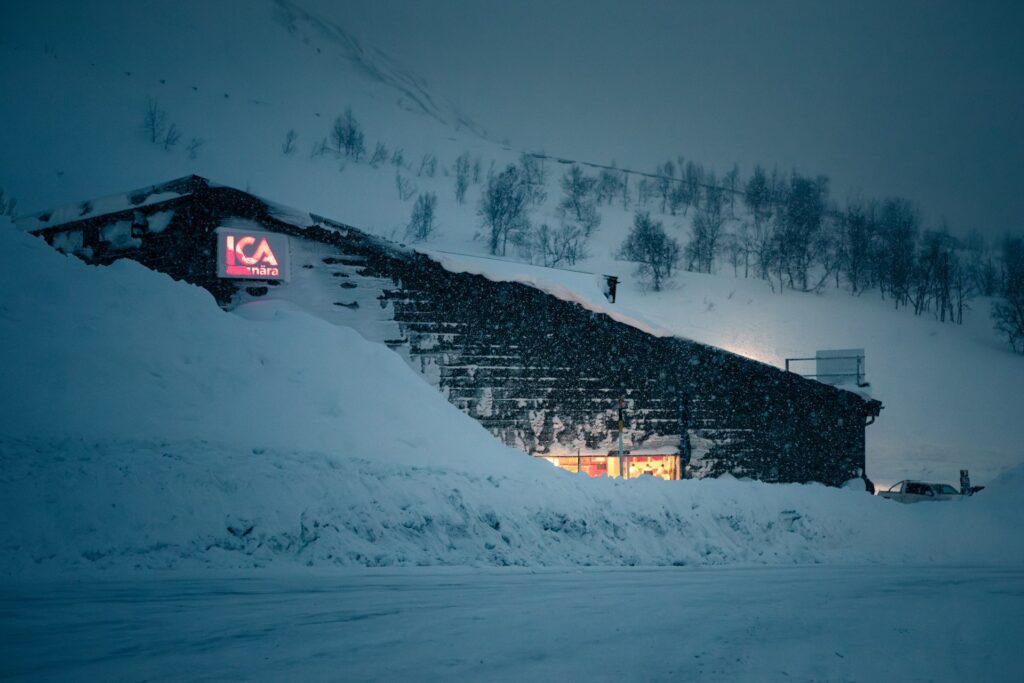
Les Arcs, France
This pioneering French resort demonstrates how architectural innovation can drive sustainability. Les Arcs’ modernist buildings, revolutionary when first constructed, have been progressively upgraded with state-of-the-art insulation and energy management systems. The resort’s lift infrastructure integrates seamlessly with the dramatic landscape while minimising environmental impact.
Their approach to slope management deserves particular attention. Through careful trail design and maintenance, they’ve minimised the need for artificial snow production – a significant energy drain in many resorts. When snowmaking is necessary, they use a gravity-fed system that reduces energy consumption.
Read: 9 of the snowiest ski resorts in the Alps for ski season 24/25


Kaprun, Austria
The Kitzsteinhorn glacier resort of Kaprun proves that high-altitude skiing can adapt to environmental challenges. Their glacier protection measures are particularly noteworthy, with careful snow management techniques that help preserve the ice mass while providing reliable skiing conditions.
Kaprun’s investment in renewable energy infrastructure demonstrates long-term thinking. Their lift system runs on clean power, while their snowmaking facilities use advanced technology to minimise water and energy usage. The resort’s conservation efforts extend to protecting the unique alpine ecosystems that surround their slopes.

The Bottom Line
These resorts aim to prove that sustainable skiing isn’t a distant dream – it’s already taking shape on slopes across Europe. While challenges remain, particularly around the carbon footprint of travel to ski destinations, these pioneering locations demonstrate that the industry can dramatically reduce its environmental impact while enhancing the skiing experience.
The future of skiing depends on preserving the natural environments that make it possible. These resorts show that with innovation, commitment, and careful management, we can continue to enjoy the thrill of winter sports while protecting the mountains for future generations.
*While the sustainability initiatives mentioned are based on verified information, visitors should check current environmental practices before travelling, as resorts continuously update their sustainability programmes.*

























